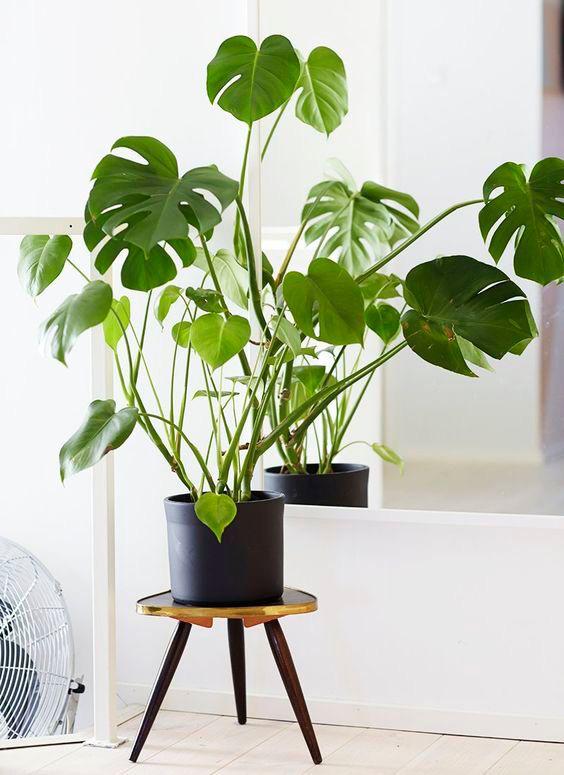It is one thing to have indoor plants and another to care for them , some plants are very delicate while others are not.
Caring for indoor plants requires some basic understanding and attention to their specific needs. Here are some tips to help you take proper care of your indoor plants, and increase their lifespan.
Choose the Right Plant:
Different plants have different requirements, so choose plants that are well-suited for the conditions in your home. Consider factors like light levels, temperature, and humidity.
Light:
Most indoor plants require adequate light to thrive. Place your plants near windows with filtered or indirect sunlight, as direct sunlight can scorch some plants. If natural light is insufficient, consider using artificial grow lights.
Watering:
Overwatering is a common problem. Water your plants when the top inch of the soil is dry for most houseplants. However, some plants have specific water needs, for example cactus requires water touching all parts of the soil while lucky bamboo survive solemnly in clean drinkable water, so it’s essential to research the requirements of each species.
Humidity:
Some indoor plants, especially tropical ones, prefer higher humidity levels. Mist your plants regularly or use a humidity tray to keep the air moist.
Temperature:
Most indoor plants prefer average room temperatures, ranging from 65°F to 75°F (18°C to 24°C). Avoid placing plants near drafts or heating/cooling vents.
Potting Mix and Repotting:
Use a well-draining potting mix appropriate for the type of plant. As plants grow, they may outgrow their pots. Repot them into slightly larger containers when needed, typically every year or two.
Fertilizing:
Indoor plants benefit from regular fertilization during the growing season (spring and summer). Use a balanced liquid fertilizer and follow the instructions on the packaging.
Pruning and Grooming:
Trim off dead or yellowing leaves to encourage healthy growth. Prune leggy or overgrown plants to maintain their shape and size.
Pest and Disease Control:
Regularly inspect your plants for signs of pests or diseases. If you notice any issues, take appropriate measures to address them, such as using natural insecticidal soap or neem oil.
Rotation:
To ensure all sides of the plant receive adequate light, rotate them every few weeks.
Avoid Cold Drafts:
Keep your plants away from cold drafts and air conditioners, as sudden temperature changes can stress them.
Monitor and Observe:
Pay attention to your plants’ behavior and adjust care accordingly. Each plant is unique and may have specific needs that require your attention.
Remember that each plant species may have unique care requirements, so it’s essential to research and understand the specific needs of the plants you have at home or office.
With proper care and attention, your indoor plants can thrive and bring beauty and joy to your living space.

